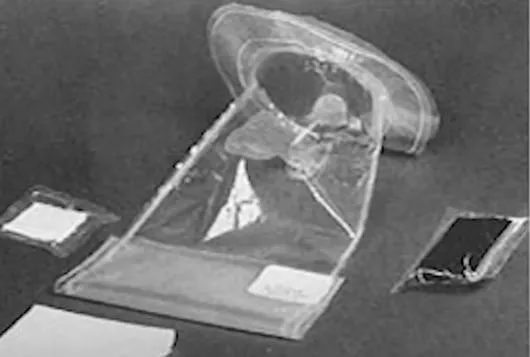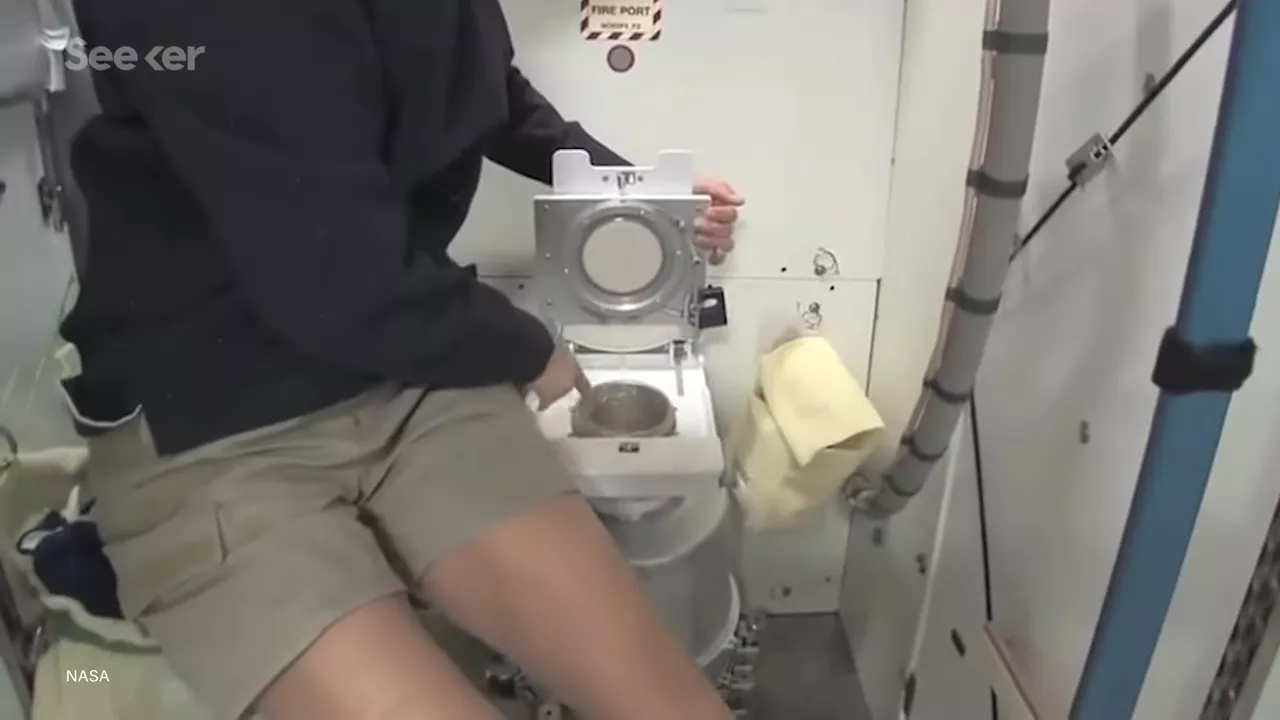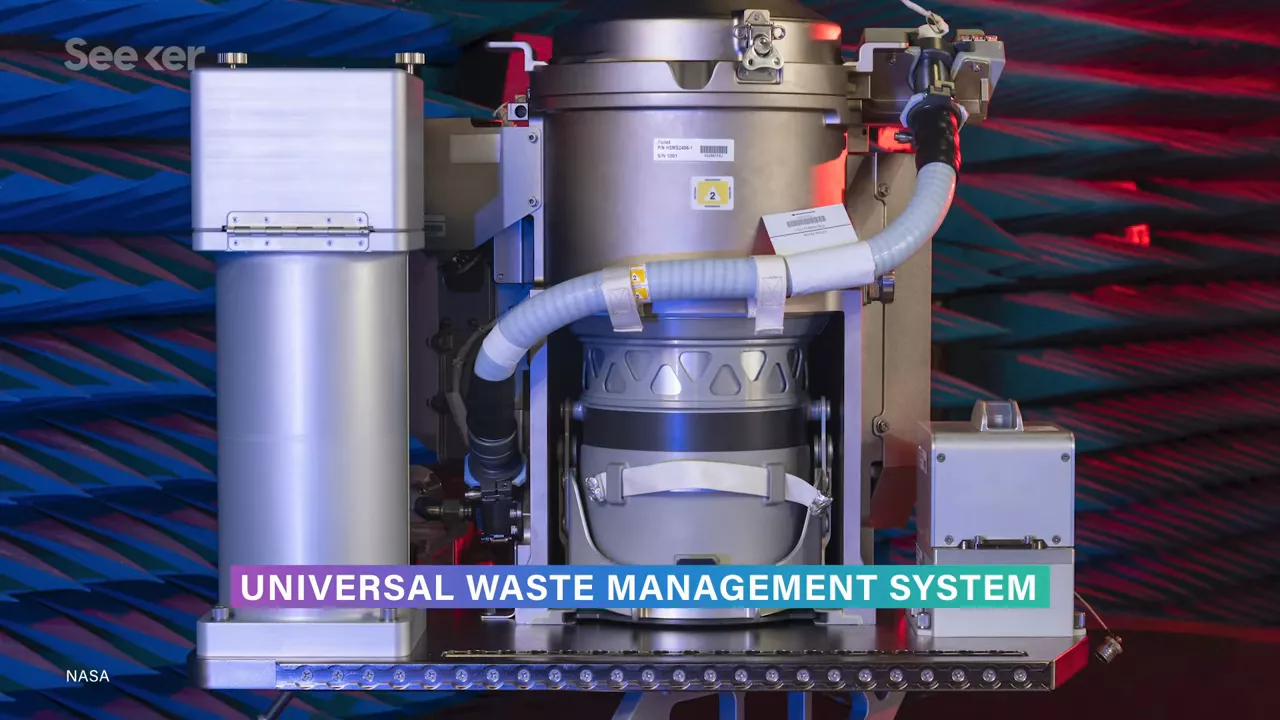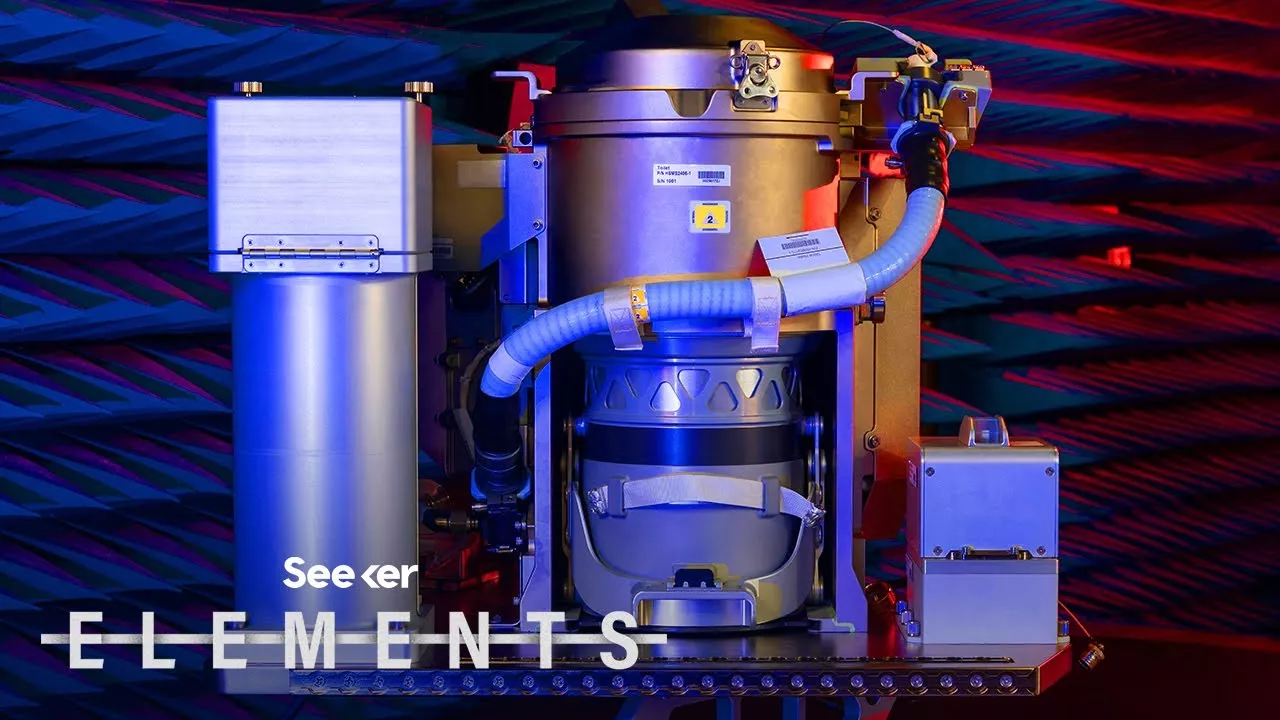We have a habit of deifying astronauts, but the truth is they’re humans just like us. They put on their space suits one leg at a time, they have to eat, sleep, and just like us, poop. The only difference is if their toilet doesn’t work, they can’t pop into the local coffee shop to relieve themselves. Oh, and their poop will float around their heads in an extremely confined environment.
All this means it’s crucial that the toilets we send beyond the surly bonds of Earth’s gravity have the right stuff, and that’s why NASA is about to test out a new toilet that cost $23 million. $23 million sounds like a lot for a toilet unless you are of course an insane billionaire who wipes with priceless renaissance paintings. It’s certainly a lot more than we spent on waste management in the early days of space flight. Apollo astronauts didn’t have the luxury of anything so fancy. They just had to go into bags they taped to their all-American derrières.
It wasn’t until 1973 with the launch of Skylab that a NASA spacecraft had a proper toilet. Actually “toilet” might be a bit strong of a word. Really, it was a hole in the wall with some suction, and on the other side of the hole? More bags to collect samples for analysis.  So you see it's pretty small, so you have to have pretty good aim. The toilets installed in the ISS today are more like regular toilets here on Earth, with the addition of a funnel to suck up any liquid waste. Solid waste is still deposited in plastic bags that are bundled up with other trash and shot back toward Earth to burn up in our atmosphere. But if the bags are filling up before trash day, astronauts have to put on a rubber glove and pack it down themselves.
So you see it's pretty small, so you have to have pretty good aim. The toilets installed in the ISS today are more like regular toilets here on Earth, with the addition of a funnel to suck up any liquid waste. Solid waste is still deposited in plastic bags that are bundled up with other trash and shot back toward Earth to burn up in our atmosphere. But if the bags are filling up before trash day, astronauts have to put on a rubber glove and pack it down themselves.
The goal of this pricey privy is actually to save money. See, right now space toilets are custom-made for each mission, but NASA’s goal with this new toilet is to make a universal waste management system; one that could be installed in a variety of spacecraft. These future crewed exploration vehicles will have much less space inside than the ISS, so a more compact design was needed. It was also important to make something self-contained and easy to maintain, unlike the current ISS toilets which are hard to access because they’re behind a bulkhead.  The new toilet also helps preserve one of the most precious resources in space: water. The fancy new space toilet has a urine pretreatment dose pump and pretreatment quality indicator which allow for water to be recovered from urine. Yes, astronauts drink recycled urine. Still think you have what it takes?
The new toilet also helps preserve one of the most precious resources in space: water. The fancy new space toilet has a urine pretreatment dose pump and pretreatment quality indicator which allow for water to be recovered from urine. Yes, astronauts drink recycled urine. Still think you have what it takes?
Along with the practical considerations, NASA also made some quality of life improvements, particularly for female astronauts. The seat and urine funnel have been redesigned with them in mind. Still, some things never change: there’s no special trick to vaporize poop into rocket fuel or anything like that just yet. No, the solution for that is once again good old plastic bags, which will be sealed up, stored in an airtight container, and you guessed it, sent back to someone on Earth.
So, you may be wondering where exactly $23 million went, and frankly I’m not totally sure myself. But apparently it’s par for the course. In 1993 the Space Shuttle’s new toilet cost an estimated $30 million dollars. So this new head is coming out ahead. The first universal waste management system will be shipped to the ISS in September 2020. Once installed, it will serve the dual purposes of increasing the size of the crew the ISS can accommodate and testing the new toilet tech, presumably when the ISS has enchilada night.
After 3 years of collecting data and evaluating feedback, the second new space loo will be installed on the Orion spacecraft, the craft that will take humans back to the moon and eventually to Mars. When that day comes, astronauts will boldly go where no human has gone before and go where no human has gone before. Current space toilets only work in microgravity, so NASA has issued a challenge for designs that will work in lunar gravity as well. The prize is $35,000. Enter to win and you could be flush with cash.


No comments yet